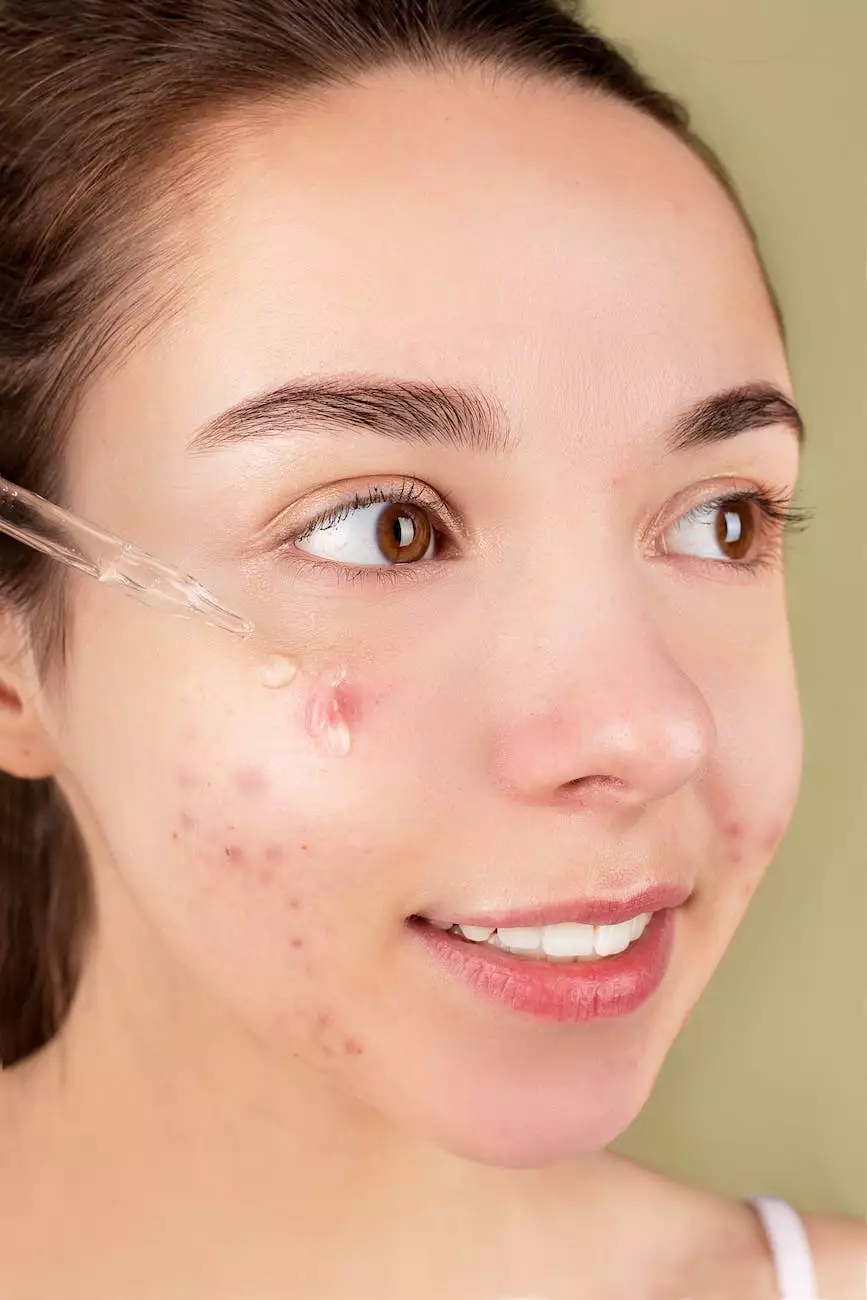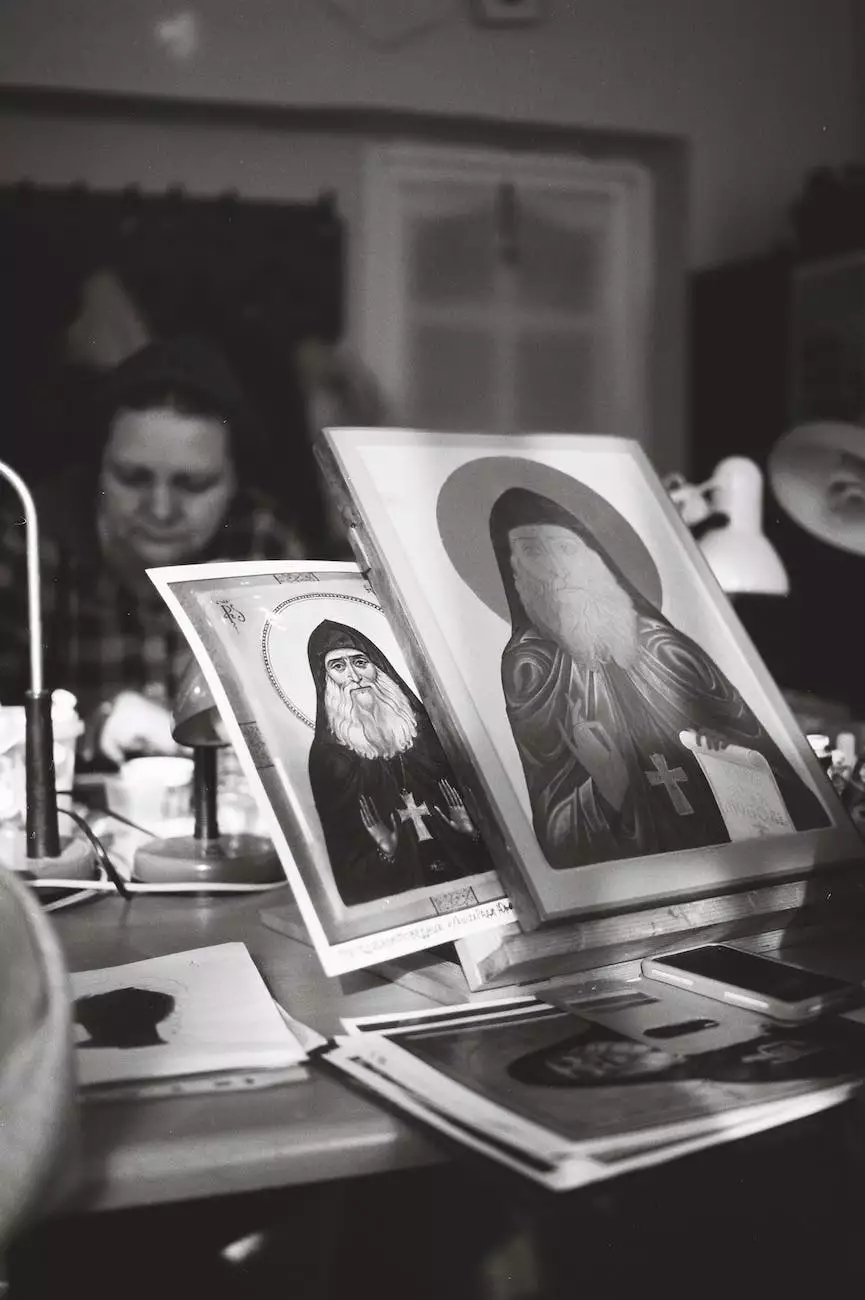What Is a Stye and How Do You Treat Them?
Blog
Understanding Styes
A stye, also known as a hordeolum, is a common eye condition that affects the eyelids. It is typically caused by an infection in the oil glands or hair follicles at the base of the eyelashes. Styes appear as red, painful bumps on the eyelid, often with a small pus-filled center. While they can be uncomfortable and unsightly, most styes are harmless and resolve on their own within a week or two.
Symptoms of Styes
Styes usually start as a tender bump on the eyelid, which may grow larger over time. Common symptoms of a stye include:
- Redness and swelling of the eyelid
- Pain or discomfort
- Tenderness to touch
- A small white or yellow pus-filled center
- Crust or scale formation along the eyelid margin
- Watering of the affected eye
Causes of Styes
Styes are typically caused by bacterial infections, most commonly Staphylococcus aureus. The bacteria can enter the oil glands or hair follicles of the eyelids, leading to an inflammatory response and the formation of a stye. Certain risk factors increase the likelihood of developing a stye, including:
- Poor eyelid hygiene
- Using contaminated eye makeup or cosmetics
- Touching the eyes with unwashed hands
- Sharing towels or pillows
- Having chronic blepharitis (inflammation of the eyelids)
- Wearing contact lenses that are not properly cleaned and disinfected
Treating Styes
While most styes resolve on their own, there are a few strategies you can try to promote healing and relieve discomfort:
- Apply warm compresses: Gently apply a clean, warm compress to the affected eyelid for 10-15 minutes, several times a day. This can help reduce inflammation and encourage the stye to drain.
- Avoid squeezing or popping: It may be tempting, but squeezing or popping a stye can cause further infection and delay healing. Let it open and drain naturally.
- Practice good eyelid hygiene: Clean your eyelids carefully with a mild, hypoallergenic cleanser and warm water. Avoid using harsh soaps or rubbing your eyes vigorously.
- Avoid wearing eye makeup: To prevent further contamination, refrain from using eye makeup until the stye has healed completely.
- Don't wear contact lenses: If you wear contact lenses, switch to glasses until the stye has resolved.
- Consult an eye care professional: If the stye persists, worsens, or causes vision disturbances, it is important to seek professional medical advice. An eye care specialist can provide proper diagnosis and recommend appropriate treatment.
Preventing Styes
Prevention is key when it comes to styes. Follow these tips to minimize your risk:
- Maintain good eyelid hygiene by washing your face regularly and cleansing your eyelids with a gentle cleanser.
- Avoid touching your eyes with unwashed hands.
- Never share towels, pillowcases, or eye cosmetics with others.
- Replace eye makeup regularly to avoid bacterial buildup.
- Remove your makeup thoroughly before bedtime.
- Keep your contact lenses clean and follow the appropriate care instructions.
- Avoid rubbing your eyes excessively.
- Eat a healthy diet rich in vitamins and minerals to support overall eye health.
- Visit an optometrist or ophthalmologist routinely for comprehensive eye examinations.
Conclusion
Styes are a common eye condition that can be uncomfortable but are usually harmless. By maintaining good eyelid hygiene, avoiding potential sources of infection, and seeking professional advice when needed, you can effectively manage and prevent styes. As a trusted eye care provider, Baron Rick W Dr is committed to helping you achieve optimal eye health and providing comprehensive treatment for styes and other eye conditions. Contact us today to schedule an appointment.




